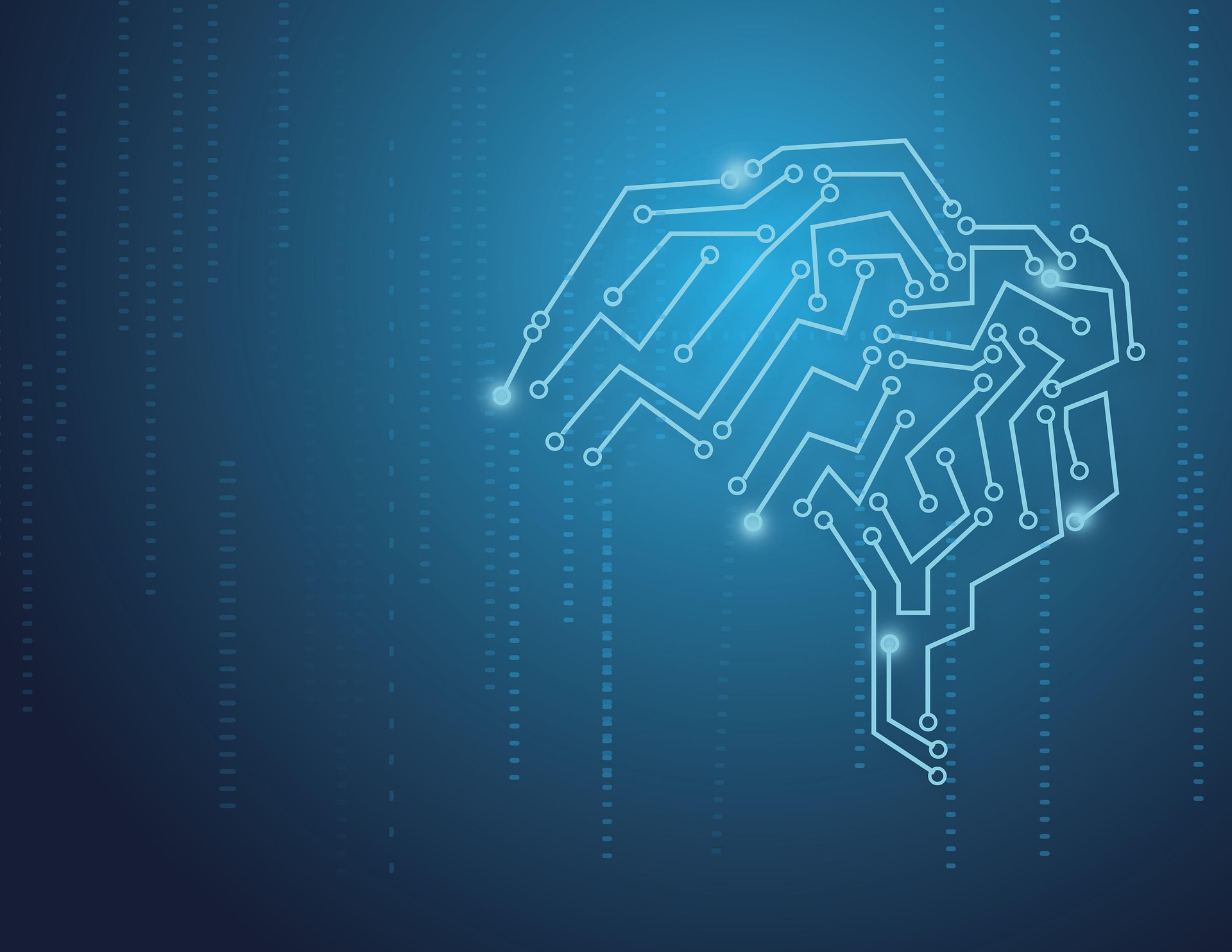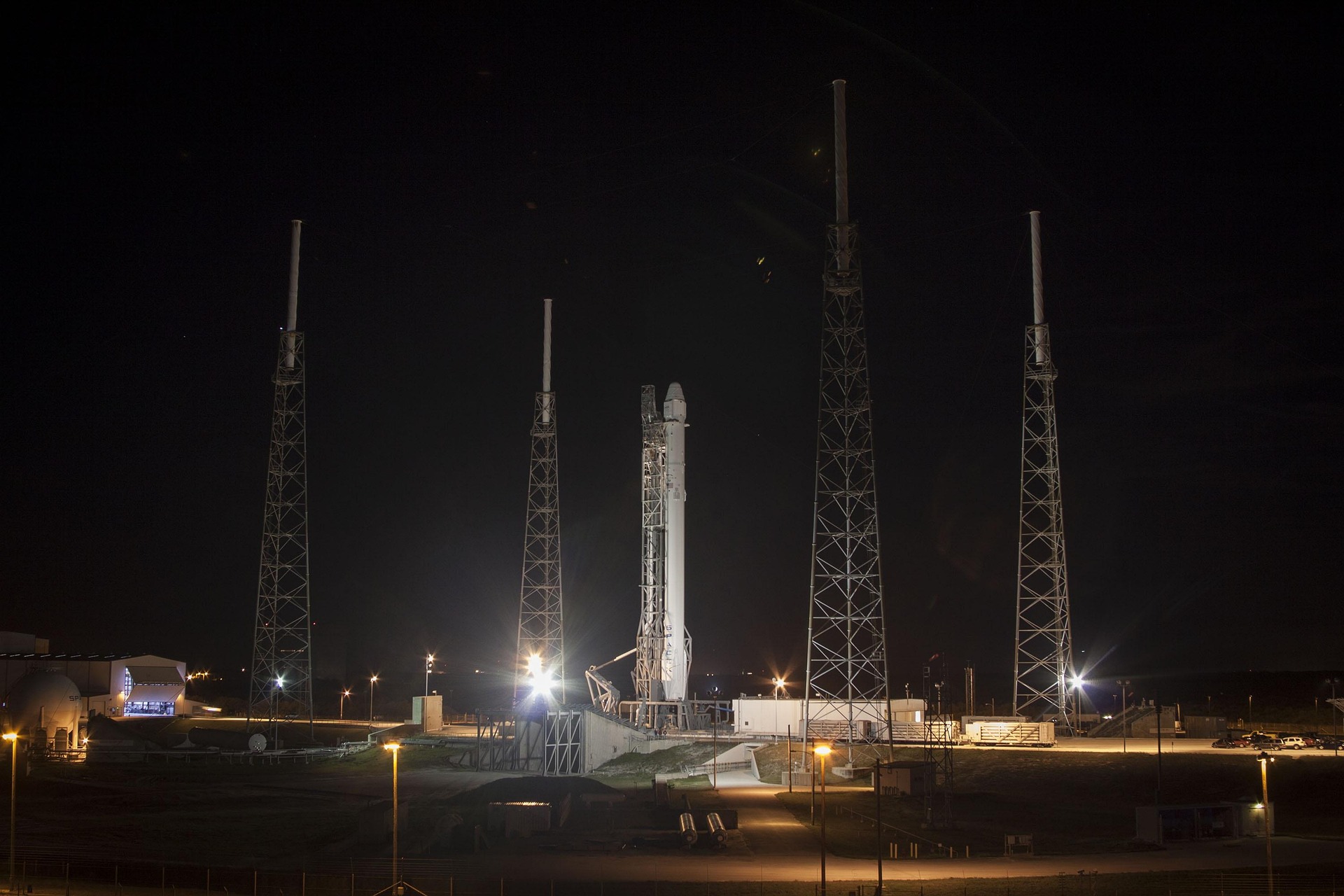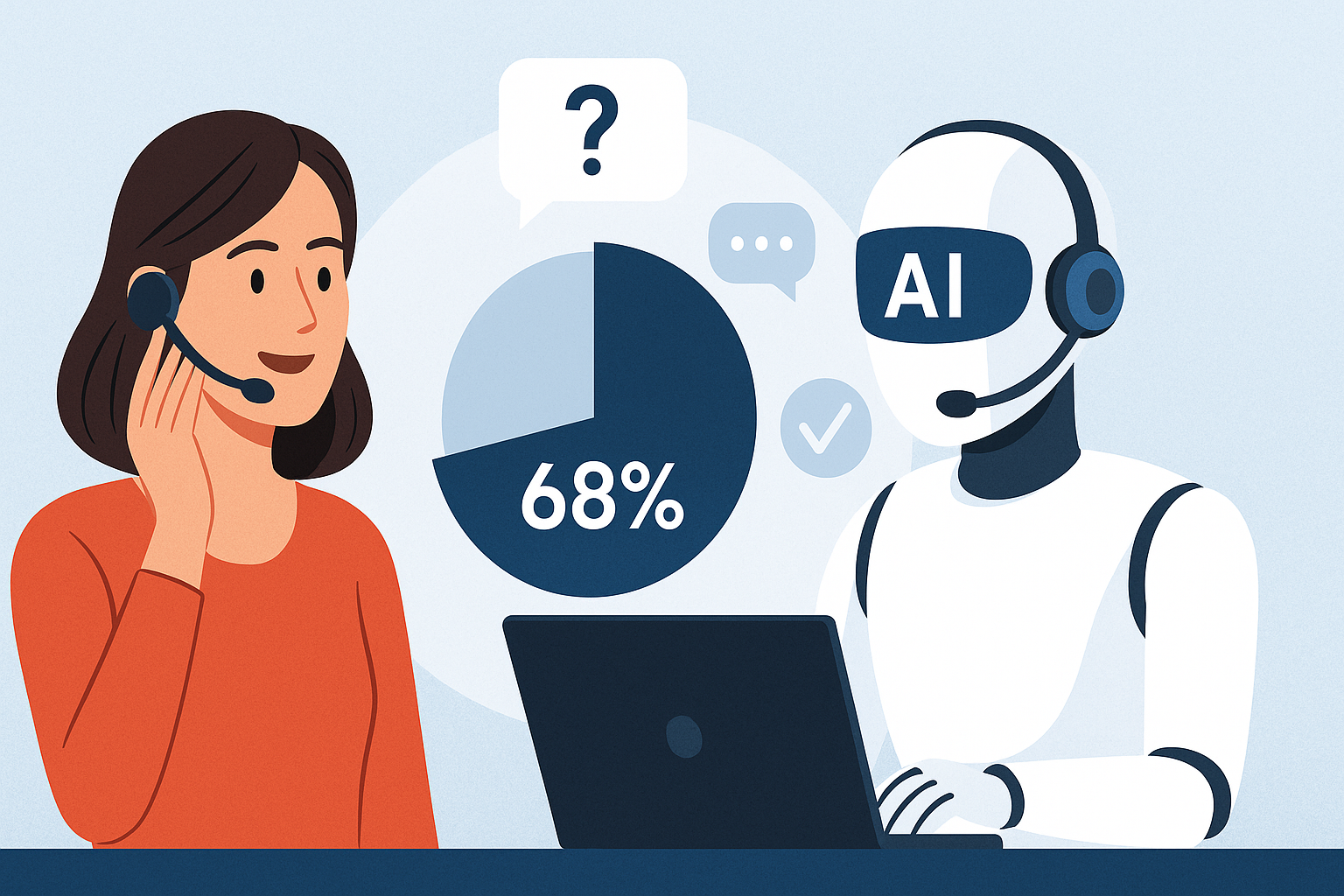Artificial Intelligence (AI) is rapidly reshaping mechanical engineering, pushing boundaries in design innovation, aerodynamic optimization, and maintenance efficiency. From AI-infused CAD software to reinforcement learning systems fine-tuning airflow dynamics, the sector is witnessing a structural shift toward data-driven, performance-optimized practices that minimize waste and maximize precision.
AI-powered CAD is redefining design workflows
Computer-Aided Design has entered a new era, with AI transforming the way engineers conceive and iterate designs. Leading platforms like Autodesk Fusion 360 and Siemens NX now integrate generative design algorithms. These tools take user-defined constraints—such as load requirements, material choices, and manufacturing limits—and generate optimized design alternatives at a speed and scale beyond human capacity.
One standout example is Autodesk’s generative design AI, which allows users to specify objectives like weight reduction or improved stiffness. The system then produces a set of viable geometries that meet these demands. Engineers can evaluate numerous trade-offs before settling on a solution, significantly accelerating product development cycles and encouraging creative exploration.
Other platforms, like nTopology, focus on advanced structural capabilities such as generating complex lattice networks and topology-optimized geometries. These features are critical for applications in high-stakes fields like aerospace and medical devices, where both material efficiency and strength are paramount.
Reinforcement learning is pushing aerodynamic boundaries
In aerospace engineering, researchers are leveraging Deep Reinforcement Learning (DRL) to reshape how aerodynamic components are developed. Traditional design methods often rely on manual iterations or classical optimization routines. DRL, however, introduces adaptive, reward-based learning to achieve superior outcomes.
Airfoil shape optimization is one key application. By modeling the problem as a Markov Decision Process, DRL agents learn to tweak airfoil geometries in simulation until optimal lift-to-drag ratios are achieved. The outcome: airfoil shapes that outperform legacy designs in various flow conditions.
Even more advanced are Multi-Agent Reinforcement Learning (MARL) systems used in active flow control. These systems manipulate elements like surface jets in real-time to reduce aerodynamic drag. When deployed in wind tunnel simulations or digital twins, MARL strategies have shown the ability to significantly reduce drag, leading to improved fuel efficiency in aircraft and other vehicles.
Predictive maintenance is slashing operational costs
AI’s impact extends beyond design and performance—it’s also revolutionizing how machinery is maintained. Predictive maintenance uses sensor data, historical records, and ML models to identify patterns of wear, degradation, or failure before breakdowns occur. Instead of relying on routine checks or emergency fixes, engineers can now schedule maintenance based on actual system conditions.
In manufacturing, companies employing predictive maintenance have seen tangible cost savings. ML algorithms detect subtle anomalies that human operators might miss, such as variations in vibration, thermal signatures, or fluid dynamics. This allows for early interventions that avoid catastrophic failures and reduce downtime.
Furthermore, these systems can adapt to different operational environments and continue learning from new data, making them robust tools across industries—from factory floors to transportation networks and power generation facilities.
Engineering is entering an AI-first era
The integration of AI and ML into mechanical engineering is more than a technological upgrade—it’s a strategic overhaul of how engineers approach problem-solving. AI-powered CAD tools eliminate tedious iterations and boost innovation. Reinforcement learning introduces adaptive intelligence into design optimization. Predictive maintenance reshapes operations from reactive to proactive.
Together, these tools represent a fundamental shift toward smarter, faster, and more resilient engineering systems. As computational power increases and datasets grow richer, the influence of AI in mechanical engineering will only deepen—making traditional workflows obsolete and ushering in a new paradigm of automated, insight-driven design and maintenance.





